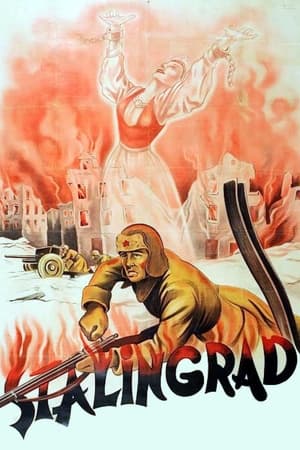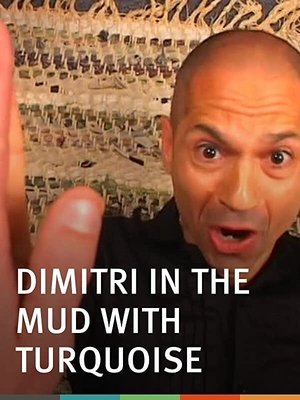
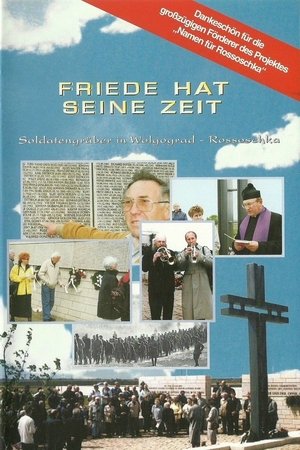
Friede hat seine Zeit(1999)
In November 1942, shortly after the Wehrmacht launched the attack on Stalingrad, the Soviet counteroffensive called "Operation Uranus" began. The German troops were encircled and met their deaths or fell into captivity. Only about 6000 German soldiers eventually returned from the Russian prison camps. This documentary focuses on the construction of a cemetery for the fallen soldiers in the battle for Stalingrad.
Movie: Friede hat seine Zeit

Friede hat seine Zeit
HomePage
Overview
In November 1942, shortly after the Wehrmacht launched the attack on Stalingrad, the Soviet counteroffensive called "Operation Uranus" began. The German troops were encircled and met their deaths or fell into captivity. Only about 6000 German soldiers eventually returned from the Russian prison camps. This documentary focuses on the construction of a cemetery for the fallen soldiers in the battle for Stalingrad.
Release Date
1999-01-01
Average
0
Rating:
0.0 startsTagline
Genres
Languages:
DeutschKeywords
Similar Movies
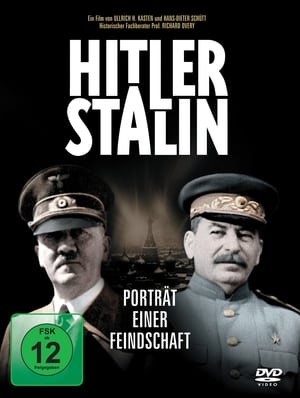 7.3
7.3Hitler & Stalin: Portrait of Hostility(de)
A double portrait of two dictators who were thousands of miles apart but were constantly fixated on each other.
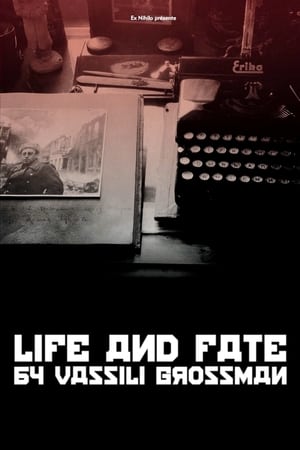 7.0
7.0Life and Fate by Vassili Grossman(fr)
The convoluted and moving story of Russian writer Vassili Grossman (1905-64) and his novel Life and Fate (1980), a literary masterpiece, a monumental and epic account of life under Stalin's regime of terror, a defiant cry that the KGB tried to suffocate.
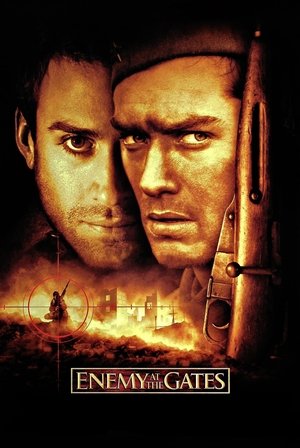 7.4
7.4Enemy at the Gates(en)
A Russian and a German sniper play a game of cat-and-mouse during the Battle of Stalingrad in WWII.
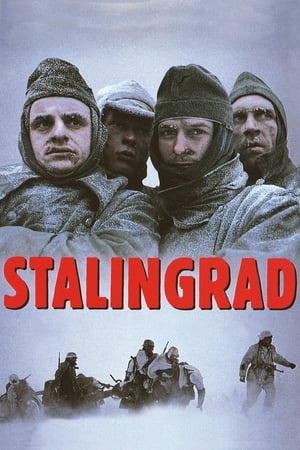 7.3
7.3Stalingrad(de)
A German Platoon is explored through the brutal fighting of the Battle of Stalingrad. After half of their number is wiped out and they're placed under the command of a sadistic captain, the platoon lieutenant leads his men to desert. The platoon members attempt escape from the city, now surrounded by the Soviet Army.
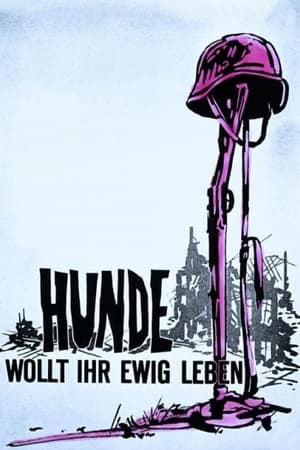 7.2
7.2Stalingrad: Dogs, Do You Want to Live Forever?(de)
In the winter of 1943, against the background of battle scenes, a young German Lieutenant who increasingly distrusts the inhuman Nazi ideology struggles with the concept of war.
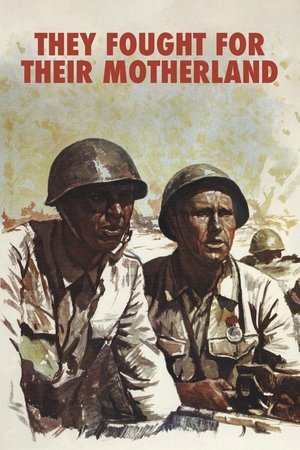 6.8
6.8They Fought for Their Motherland(ru)
In July 1942, in the Second World War, the rearguard of the Russian army protects the bridgehead of the Don River against the German army while the retreating Russian troops cross the bridge. While they move back to the Russian territory through the countryside, the soldiers show their companionship, sentiments, fears and heroism to defend their motherland.
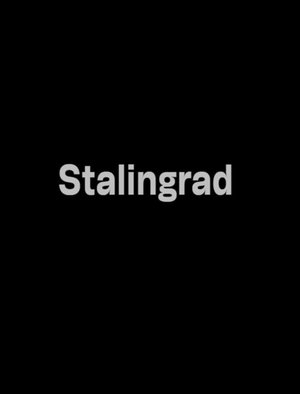 0.0
0.0Stalingrad(de)
The story of the Battle of Stalingrad from the perspective of a Panzer commander and an officer in a penal battalion.
 6.5
6.5Stalingrad(ru)
A band of determined Russian soldiers fight to hold a strategic building in their devastated city against a ruthless German army, and in the process become deeply connected to a Russian woman who has been living there.
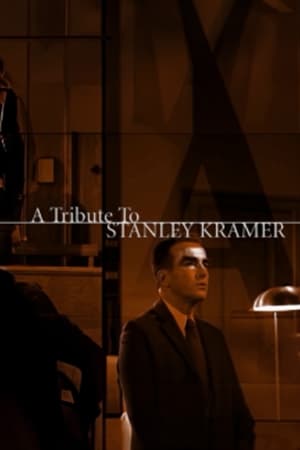 0.0
0.0A Tribute to Stanley Kramer(en)
A celebration of Stanley Kramer's life and career, featuring interviews with Karen Sharpe, his widow, and screenwriter Abby Mann.
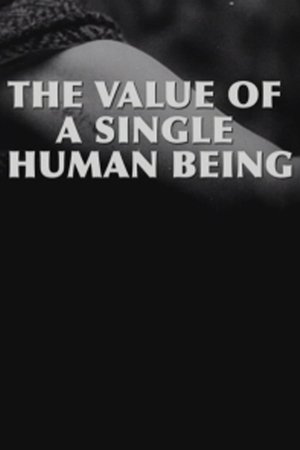 0.0
0.0The Value of a Single Human Being(en)
Abby Mann discusses his Oscar-winning screenplay and his inspirations.
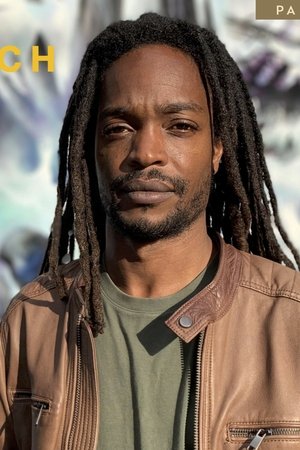 0.0
0.0Sex on the Beach(en)
In recent years, stories of older British women hooking up with younger Gambian men have made news headlines, from one-night stands to whirlwind weddings. But what's the truth behind the stories? Seyi Rhodes investigates.
 0.0
0.0In Conversation: Abby Mann and Maximillian Schell(en)
The actor and the writer reminisce about working on both the Playhouse 90 and Stanley Kramer versions of "Judgment at Nuremberg."
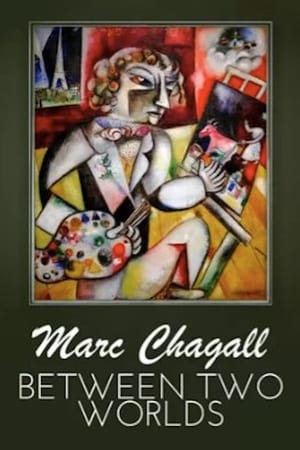 0.0
0.0Marc Chagall – Between Two Worlds(fr)
Marc Chagall was an artist caught between two worlds, between traditional art and modernism, figuration and abstraction. The film accompanies him on an important stage of his life from 1910 to 1930, between Paris and Vitebsk. Chagall's home town was a laboratory for the artistic avant-garde in Belarus, while Paris was the center of modern art movements.
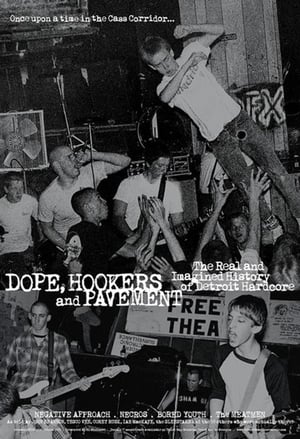 0.0
0.0Dope, Hookers and Pavement(en)
"Dope, Hookers and Pavement" is a lively and unfiltered account of the early days of the Detroit hardcore punk scene, circa 1981-82, in the notorious Cass Corridor, arguably one of the worst neighbourhoods in the city at the time. Featuring over 70 in-depth interviews — including John Brannon (Negative Approach), Tesco Vee (Meatmen, Touch and Go), Ian MacKaye (Minor Threat, Dischord Records), pro skater Bill Danforth, scene kids, and members of the Necros, The Fix, Violent Apathy and Bored Youth — and never-before-seen Super8 footage of the Freezer, "Dope, Hookers and Pavement" is both hilarious and reflective, and an overdue record of a nearly invisible but magic little moment in the long history of Detroit rock'n'roll.
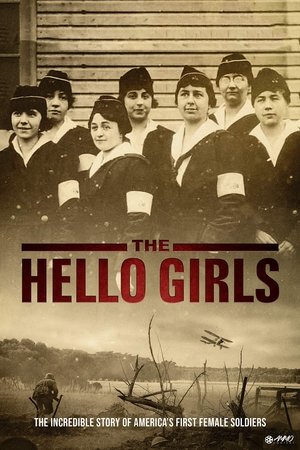 8.0
8.0The Hello Girls(en)
In 1918, the U.S. Army Signal Corps sent 223 women to France as telephone operators to help win the Great War. They swore Army oaths, wore uniforms, held rank, and were subject to military justice. By war's end, they had connected over 26 million calls and were recognized by General John J. Pershing for their service. When they returned home, the U.S. government told them they were never soldiers. For 60 years, they fought their own government for recognition. In 1977, with the help of Sen. Barry Goldwater and Congresswoman Lindy Boggs, they won. Unfortunately, only a handful were still alive.
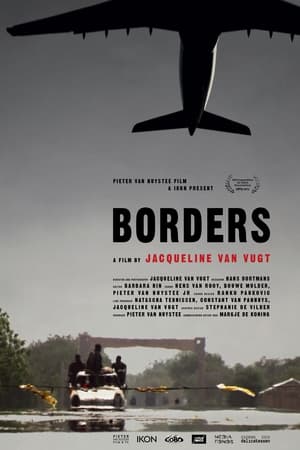 0.0
0.0Borders(en)
A film about borders and border checkpoints, poetically following the people that come into contact with them - one way or another. Borders is about men and women dreaming of a better life in Europe and the high price they often have to pay for it - if they succeed at all. Without taking an immediate moral stance, the film follows the route that many immigrants take from the heart of Africa to the centre of Europe, stopping at each border: Nigeria, Niger, Burkina Faso, Mali, Senegal , Mauritania, Morocco, Spain, France, Belgium, and finally, the Netherlands.
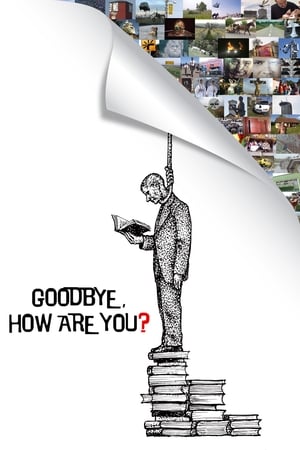 7.8
7.8Goodbye, How Are You?(sr)
Jokes as a weapon of resistance: how satire sustains a beleaguered culture.
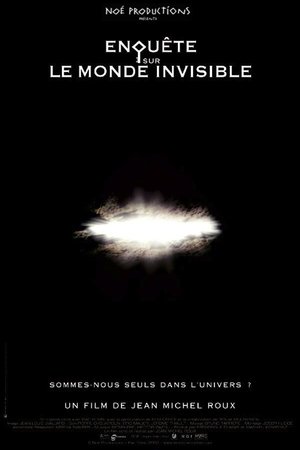 6.0
6.0Investigation Into the Invisible World(fr)
A feature length documentary shot in Iceland on mediums and the relationship between humans and invisible beings such as elves ghosts, angels, water monsters and extra-terrestrials. The film is a journey to the frontiers of life questioning the scope of our existence. Are we alone in the universe? If life exists in other dimensions, it's worth knowing more.
